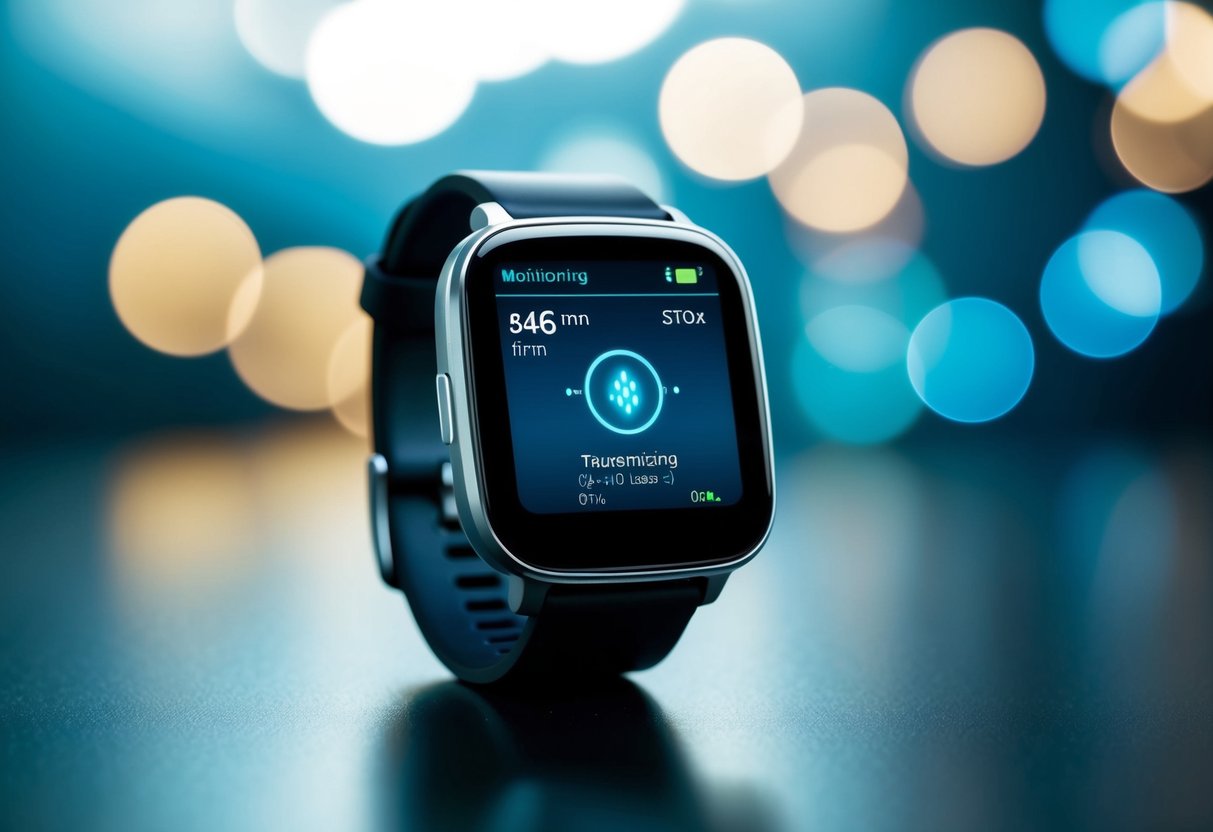
Patient-Centered Care Management
Patient-centered care management focuses on tailoring health strategies to individual needs and preferences. This approach ensures that care plans are relevant and effective for each patient. Technology facilitates personalized communication between patients and healthcare providers. This ongoing dialogue supports the development of individualized care plans that empower patients to play an active role in their healthcare journey.
By leveraging digital platforms, patients can engage with healthcare teams through video calls, secure messaging, and virtual consultations. This increases accessibility to care and allows for immediate feedback and intervention when needed. Such communication tools foster a supportive environment where patients feel involved and valued within their care plans, ultimately improving adherence and satisfaction.
Access to Healthcare and Equity Considerations
Remote health monitoring has expanded access to healthcare services, highlighting both possibilities and challenges in health equity. While telehealth improves access for many, it also raises questions about equity, especially in low and middle-income countries (LMICs).
Expanding Telehealth Visits
Telehealth has transformed healthcare by enabling virtual consultations and remote monitoring. This form of healthcare delivery offers potential improvements in access, especially for those in remote or underserved regions. Increased use of telehealth can alleviate the pressure on traditional healthcare infrastructures, making it easier for patients to receive timely care without the need for physical presence in a medical facility.
Equitable access to technology remains a crucial concern. There is a need for affordable internet and devices to ensure that all individuals can benefit. Without these, disparities in access can widen. Telehealth policies must address these challenges, advocating for infrastructure improvements and funding to ensure inclusiveness.
Addressing Equity in LMICs
In LMICs, remote health monitoring provides opportunities to bridge healthcare gaps, yet significant barriers persist. Economic constraints often limit infrastructural development and access to necessary technologies, impeding widespread use of telehealth. Collaborative efforts between governments and technology providers are essential to develop cost-effective solutions that enhance healthcare access in these regions.
Training healthcare professionals to efficiently utilize remote monitoring technologies is vital. Programs focusing on digital literacy can empower both providers and patients. Implementing scalable models for telehealth in LMICs can pave the way for improved healthcare delivery, ensuring that innovations reach those who need them most.
Developing Trends in Digital Health Platforms
Emerging trends in digital health platforms focus on innovative technologies and their widespread adoption. These advancements are reshaping healthcare delivery and improving patient outcomes through enhanced interactions and data utilization.
Digital Health Technologies and Solutions
Digital health technologies are transforming the landscape with telemedicine, wearable devices, and mobile health applications at the forefront. Telemedicine allows for remote patient consultation, reducing the need for physical visits. Meanwhile, wearable devices monitor vital signs in real-time, enabling continuous health tracking. Mobile apps facilitate patient engagement by providing easy access to health records and personalized care. These technologies work together to empower patients, enhance care quality, and optimize healthcare resources. The integration of AI and machine learning within these solutions further augments diagnostic accuracy and treatment personalization.
Adoption and Implementation Science
The adoption of digital health solutions is steadily rising, driven by the need for efficient healthcare delivery. Implementation science plays a crucial role in understanding how to integrate these technologies into existing healthcare systems. It focuses on evaluating the effectiveness, scalability, and sustainability of health innovations. Key considerations include user training, infrastructure readiness, and policy regulations. Efforts are being made to tailor solutions to specific populations and ensure equitable access. Stakeholder engagement is essential to address barriers and facilitate seamless integration. Developing strategies for successful implementation ensures that digital health becomes a standard part of care delivery rather than an occasional supplement.